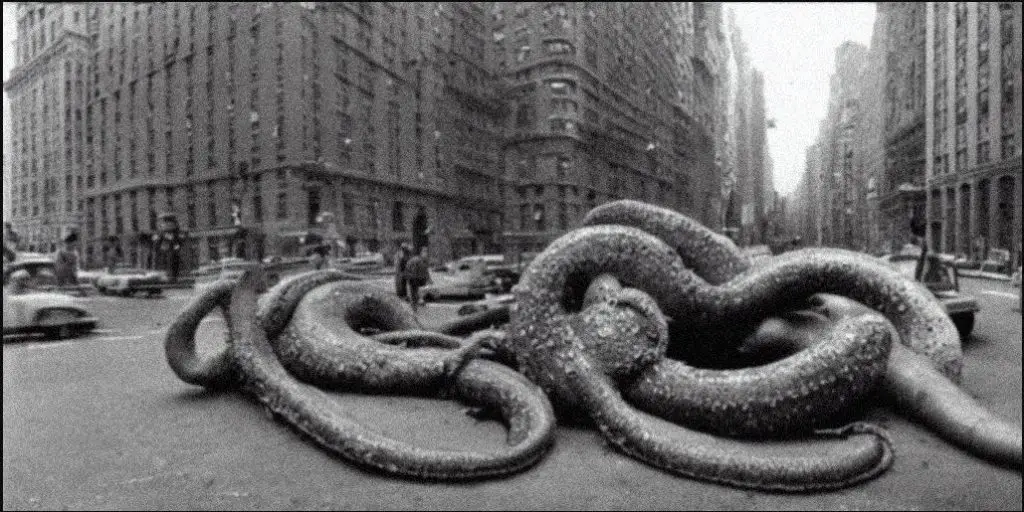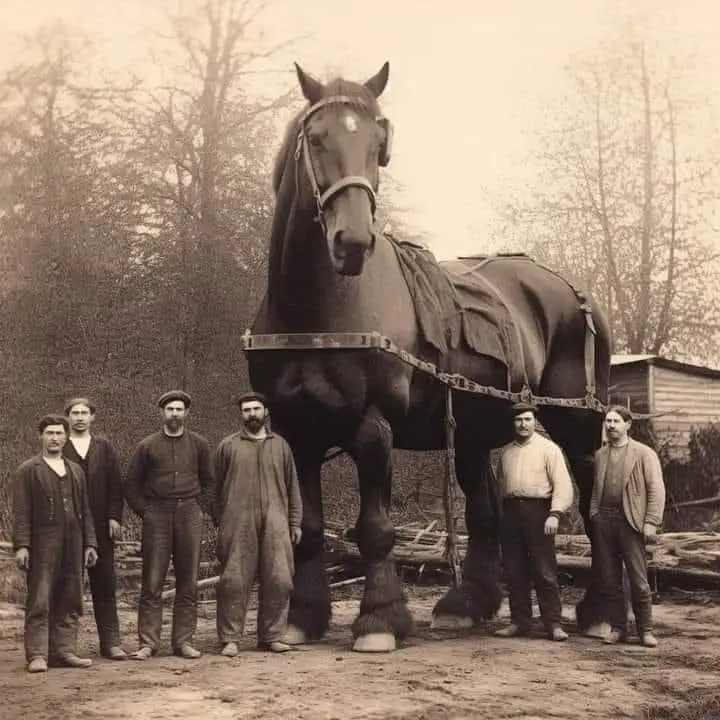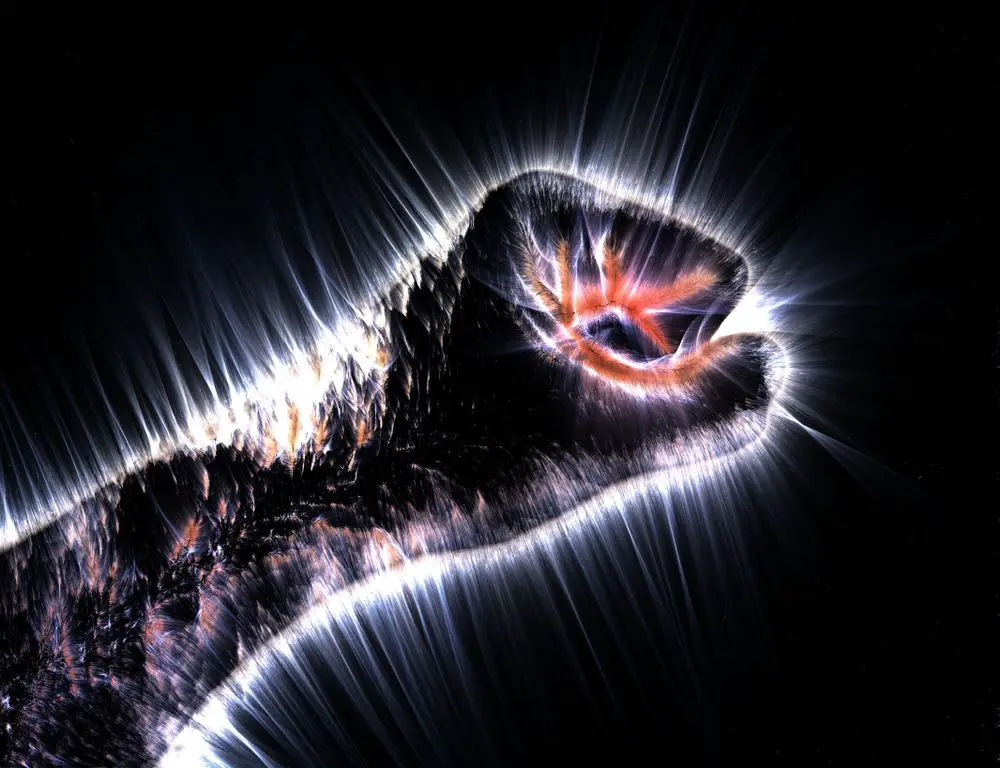 recent years, Artificial Intelligence (AI) technology has made strides in the realm of creating realistic images and videos. Now, this technology is being used to create stunningly realistic fake history photos that are taking the internet by storm. These AI-generated fake history photos can be used for a variety of purposes, from entertainment to education. In this blog post, we explore what is driving the popularity of these fake photos, look at examples of what they look like, examine potential risks and concerns associated with them, and discuss how these AI-generated fake history photos could shape our future.
recent years, Artificial Intelligence (AI) technology has made strides in the realm of creating realistic images and videos. Now, this technology is being used to create stunningly realistic fake history photos that are taking the internet by storm. These AI-generated fake history photos can be used for a variety of purposes, from entertainment to education. In this blog post, we explore what is driving the popularity of these fake photos, look at examples of what they look like, examine potential risks and concerns associated with them, and discuss how these AI-generated fake history photos could shape our future.
What are AI-Generated Fake History Photos?
AI-generated fake history photos are computer-generated images that look like they were taken in a different time period. This technology allows users to recreate entire scenes from the past, complete with vintage camera imperfections and grainy textures. AI-generated fake history photos can be used for a variety of purposes, from entertainment to education, making this technology extremely appealing and gaining it popularity on social media platforms.
Using artificial intelligence (AI) and machine learning algorithms, users can create realistic images of people from different eras. AI is able to generate incredibly detailed images that blend seamlessly into existing photographs or videos of historical events. These images can be created with varying levels of complexity, depending on the user’s needs. For instance, some users may opt to create a single image while others may require more complex creations such as multiple figures interacting in a scene or adding intricate details such as shadows and lighting effects.
The creation of these AI generated fake history photos has sparked conversations about their authenticity and potential risks associated with them. Some argue that these photos are being used to distort the truth about past events or disseminate false information; however, there are also those who believe that these AI generated photos could provide valuable insights into our understanding of past events by allowing us to recreate moments that we would otherwise have no access to.
Ultimately, AI generated fake history photos present an interesting case study in how technology will shape our future understanding of the past. It remains to be seen what implications these images will have on our collective memory and how they will shape our future views on historical events.
What is Driving the Popularity of These Photos?

The increasing popularity of AI generated fake history photos has been driven by many factors. People are drawn to the creativity and innovation of these images, which allow them to evoke nostalgia in a unique way. The technology behind these photos is also a major factor, as it enables realistic images to be created using advanced AI technologies like deep learning and neural networks.
Furthermore, there are various applications for this type of imagery in art, media, and marketing. Artists have used these pictures to craft new works that challenge our ideas about what is real or not. Advertisers have taken advantage of this technology too, creating captivating campaigns that appeal to viewers’ imaginations.

Storytelling is another key element driving the use of these pictures; with realistic-looking images from different timespans, people can explore themes from the past in an engaging manner. This allows users to share stories with larger audiences, who can enjoy entertaining content while being challenged by thought-provoking messages at the same time.
Another major factor that is driving the popularity of these photos is that many people are very gullible when it comes to historical content, and they will eat up any kind of information, especially a giant horse. There is no historical evidence showing or even stating the existence of giant horses.
In summary, the growing popularity of AI generated fake history photos makes sense when considering all the factors involved—from their creativity and technological capabilities to their potential uses in storytelling. As access to this technology continues to increase we can expect it will shape our view on the past even further in exciting ways going forward.
Examples of AI-Generated Fake History Photos

The potential of AI-generated fake history photos is exciting and captivating the internet. With the help of Generative Adversarial Networks (GANs), people can now explore famous figures and iconic events from the past, as well as bring extinct creatures and long-lost artifacts back to life. These realistic images created by AI allow us to gain an understanding of what must have been like in eras gone by – something that could not be done without access to living specimens or well-preserved fossil remains. As more people become aware of this technology, its potential for recreating historical moments is becoming increasingly evident, opening a new world of possibilities for how we can experience our past.
Potential Risks and Concerns with AI-Generated Fake History Photos

As AI generated fake history photos become increasingly popular, certain risks and concerns have come to light. These pictures can be easily misused for malicious purposes, such as false news and propaganda, as well as the potential to manipulate public opinion and discredit individuals or groups.
Using AI generated fake history photos as evidence in court cases could lead to confusion and mistrust between people. It is possible that these images could be used to make false claims about an event or person’s actions which would make it difficult for the truth to prevail. Additionally, the creation of these images may also leave open the possibility of creating ‘false memories’ which could be used to manipulate or deceive people.
The implications of AI generated fake history photos are far-reaching. They could shape our future understanding of the past by making it harder for us to discern what is real from what is not. This could lead to a breakdown in trust between people and organizations, as well as an overall erosion of our sense of reality. In addition, these images have the potential to influence how we view events that happened long ago, which can have profound effects on our present day decisions and beliefs.
Overall, while there is great potential with AI generated fake history photos, it is important that ethical considerations are taken into account when using this technology. This includes ensuring that there are safeguards put in place so that these images cannot be manipulated or used for malicious purposes; otherwise they risk damaging both individual reputations and society at large.
A Look at How AI Generated Fake History Photos Could Shape our Future
AI generated fake history photos are quickly becoming a powerful tool for expressing creativity and storytelling. By creating unique images that bring the past to life, we can engage with social, political, and environmental issues in a way that is more captivating than traditional methods. On the commercial side of things, companies can use this technology to market their products or services in an eye-catching fashion while potentially influencing public opinion on certain topics or causes.
However, there are some risks associated with using AI generated fake history photos that must not be overlooked. If people are exposed to manipulated imagery they may start believing it is real, even if it isn’t – leading to a breakdown in trust between people and companies, as well as an overall erosion of our sense of reality. It is therefore essential for those utilizing this technology to take into account ethical considerations when creating these images and put safeguards in place so that they cannot be misused or abused.
Although it could have countless benefits for society – from boosting engagement with historical events to helping shape public discourse – we need to ensure that AI generated fake history photos remain regulated and used responsibly so as not to damage our collective understanding of what really happened in the past. With proper guidelines on how best employ this technology safely and ethically we can maximize its potential without any detrimental effects on society as whole.
Avid Writer with invaluable knowledge of Humanity!
Upcoming historian with over 30 million views online.
“You make your own life.”





